Casestudies

Our experience with IUCLID: 67 translated SPCs in the first month
Companies wishing to apply for authorisation of biocidal products – on either a national or European level – need to … Continue reading “Our experience with IUCLID: 67 translated SPCs in the first month”

From SPC Editor to IUCLID – Change in the translation of SPCs
SPC translations in IUCLID Companies wishing to apply for authorisation of biocidal products, either on a national or European level, … Continue reading “From SPC Editor to IUCLID – Change in the translation of SPCs”
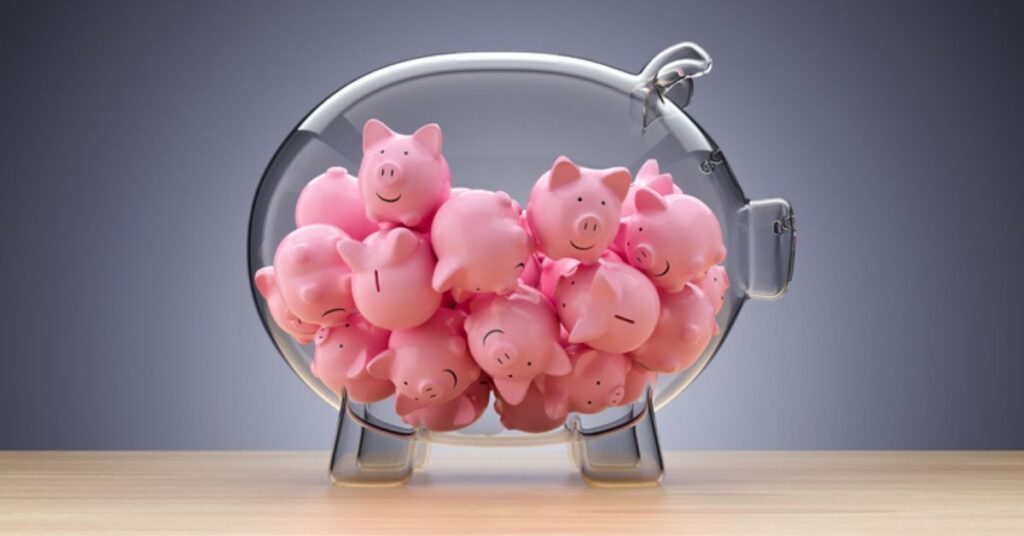
How to save translation costs without compromise on quality
There is nothing wrong with wanting to save money – and this is true for translation services too. It does … Continue reading “How to save translation costs without compromise on quality”
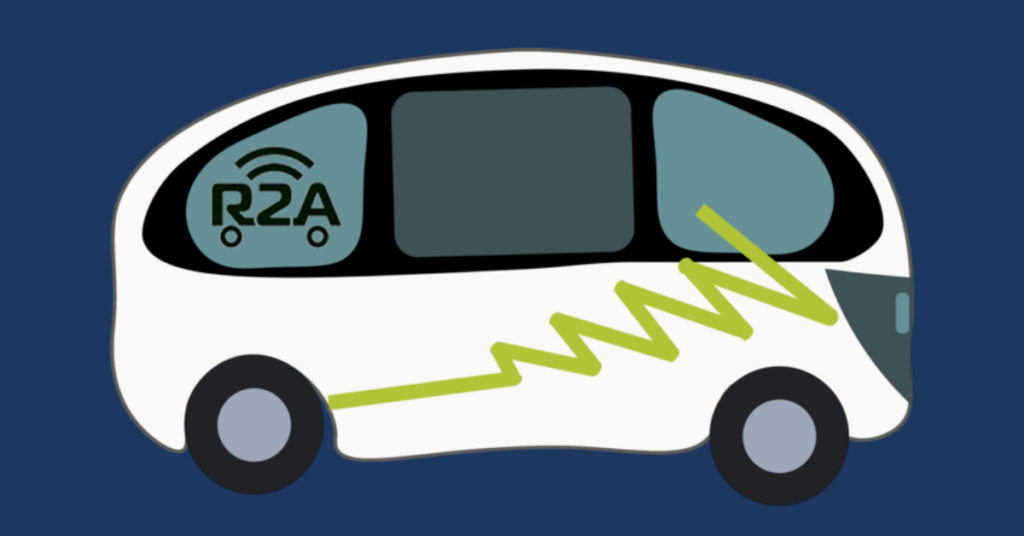
Ride2Autonomy in 24 EU languages for more sustainable public transport
Translating final documents for EU-funded pilot projects is always exciting as it offers a brief glimpse into the future. Ride-to-Autonomy … Continue reading “Ride2Autonomy in 24 EU languages for more sustainable public transport”

The magic of SPC translations
Translating SPCs (Summaries of Product Characteristics) within the very tight deadlines set by the authorities, while still ensuring high quality, … Continue reading “The magic of SPC translations”
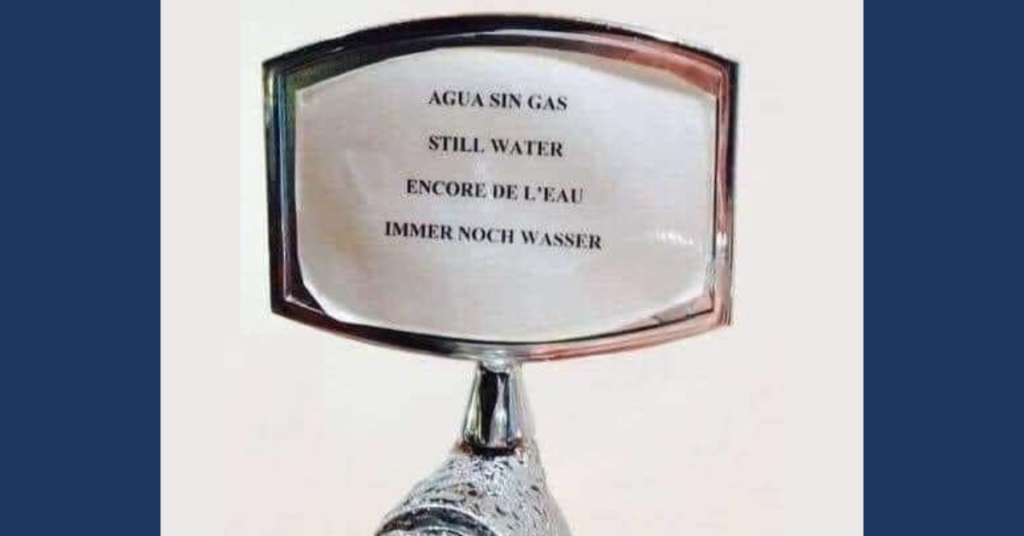
Why spend time and money on back translation?
The translators of the following US marketing slogans most probably did not bother with back translation (or something else went … Continue reading “Why spend time and money on back translation?”

Aluminium translations in demand
After an intense “nickel” period at the end of 2019, during which we translated some one million words into 15 … Continue reading “Aluminium translations in demand”
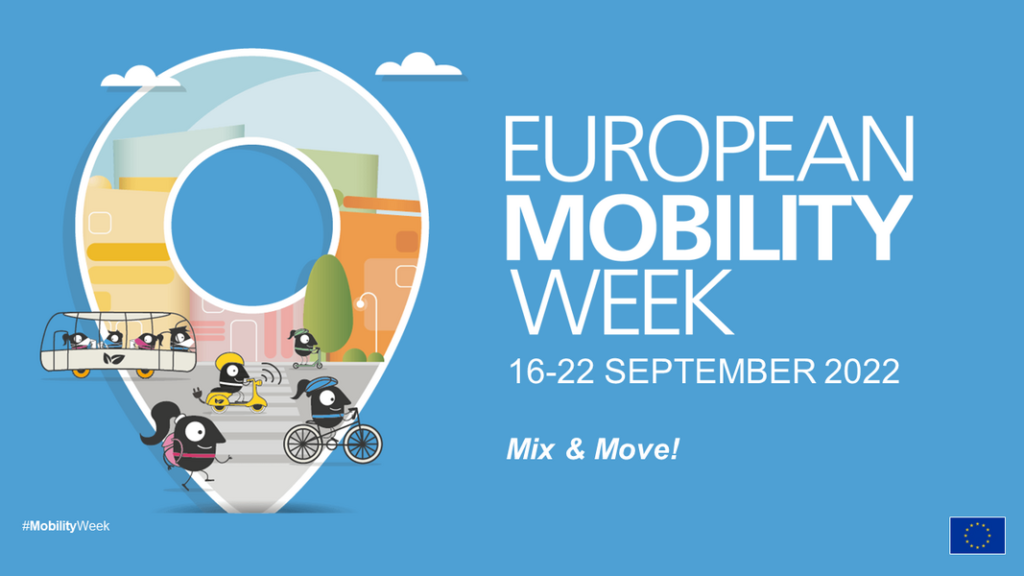
Transport, mobility and sustainability translations – topics close to our heart
This year has seen many changes in European public transport, with initiatives like Germany’s 9 Euro ticket experiment and completely … Continue reading “Transport, mobility and sustainability translations – topics close to our heart”

Medical: when translation is a matter of life or death
We talk a lot about how to save translations costs and how to meet the seemingly impossible translation deadlines of … Continue reading “Medical: when translation is a matter of life or death”

Spotlight on health translations
Actually the last two years have seemed like one long health awareness period. Our health is something we’ve started to look at differently. No wonder that health-related translations now represent a larger share of our projects than before.

Questions I heard at ABIM 2021 Basel – Here are the answers
It`s always very useful for me to attend industry-related conferences, not only to meet business partners in person, but also to learn about the regulatory requirements and relevant updates that affect the industry.

“This is where we can help!”-webinars on how to host a Zoom event with simultaneous interpretation confidently
We could all talk for hours about the challenges we’ve faced since the pandemic struck in 2020. However, new opportunities … Continue reading ““This is where we can help!”-webinars on how to host a Zoom event with simultaneous interpretation confidently”
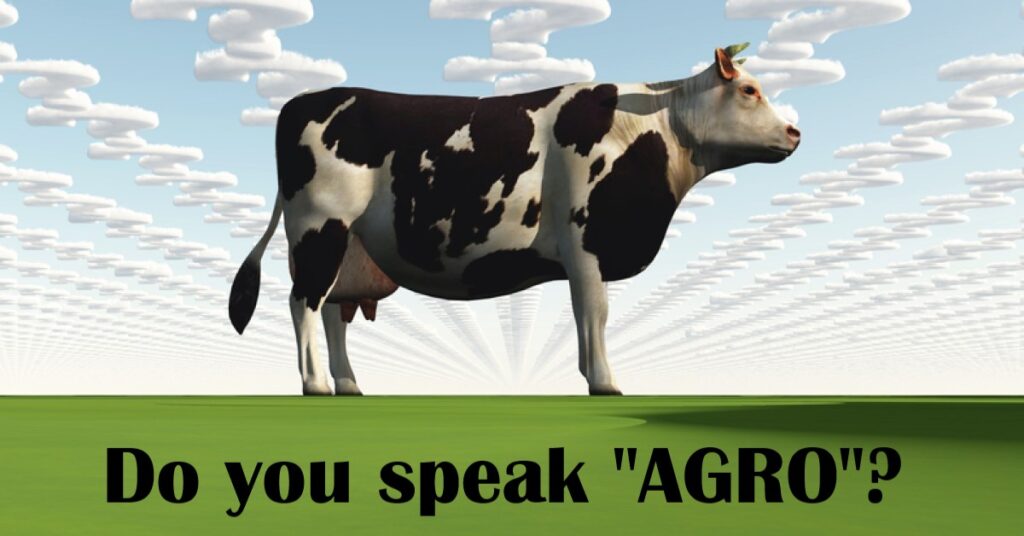
Do you speak “agro”?
Providing translation services for a complex sector like agriculture might be tricky and difficult for agencies without specialised translators and proper terminology databases. Before joining the language services industry, for many years I had worked for agricultural companies.
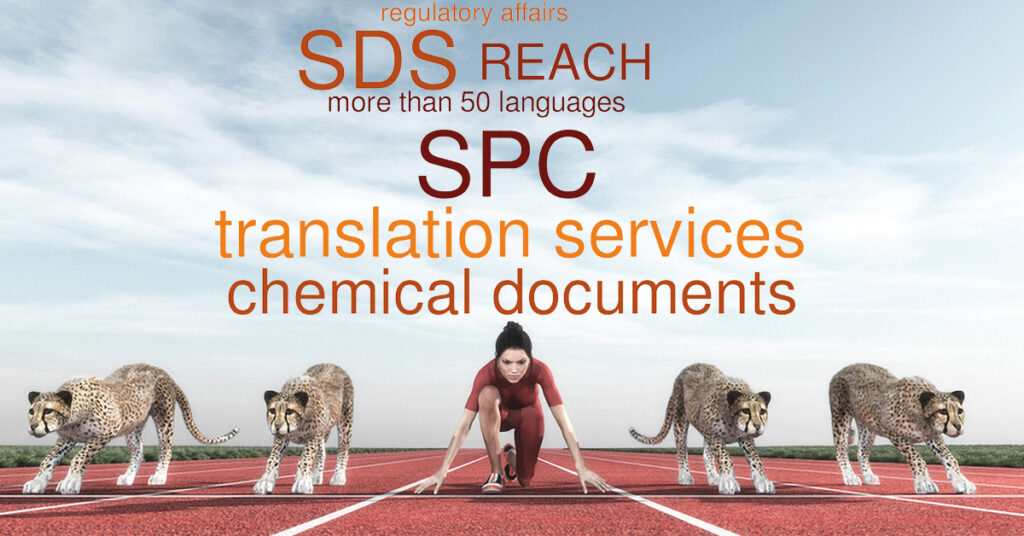
Great expectations: 1 million words, 15 languages, 6 weeks
Nickel REACH Consortia, created by the Nickel Institute to help companies manage their EU REACH and CLP obligations, contacted us … Continue reading “Great expectations: 1 million words, 15 languages, 6 weeks”

Three things that help Eurideas win a client
What makes a successful translation agency? We all have our own answers to this question: a list of skills, abilities, … Continue reading “Three things that help Eurideas win a client”
